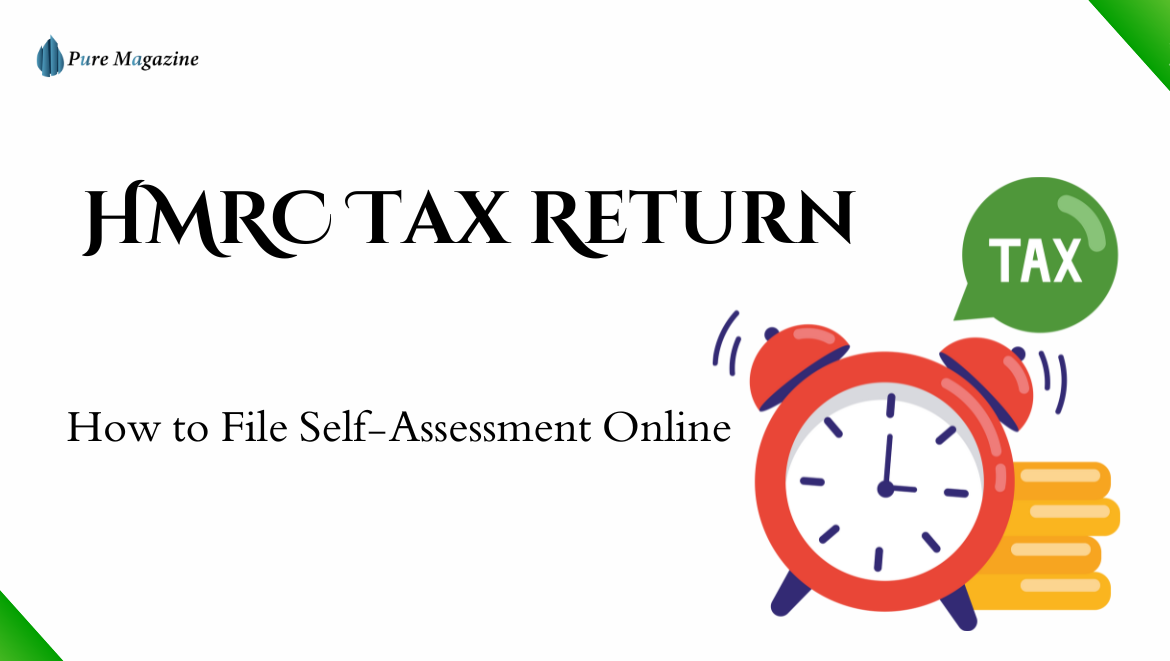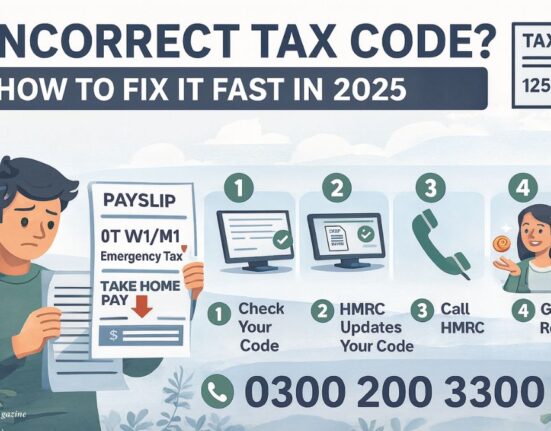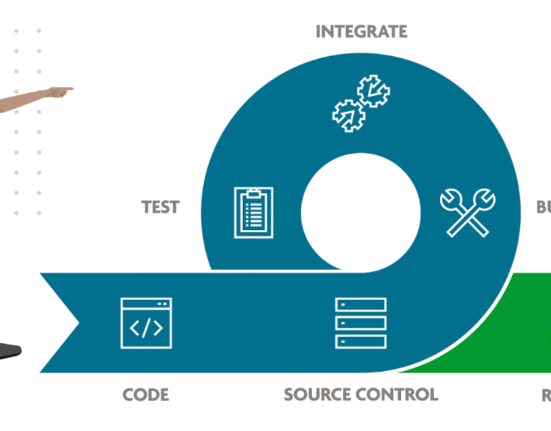Filing your HMRC tax return (officially called a Self Assessment) isn’t exactly anyone’s idea of fun, but it’s something millions of people in the UK have to do every year. At its core, it’s just a way of telling HMRC how much you earned, what expenses you had, and what tax you owe. Think of it as a yearly check-up for your money. Get it done right, and you’re sorted. Leave it too long, and HMRC will start adding fines before you’ve even had time to breathe.
Whether you’re self-employed, earning rental income, or just happen to fall into one of those income brackets that require extra reporting, understanding the basics makes life a lot easier.
Who Actually Needs to File HMRC Tax Return?
Not everyone. But if you tick one of these boxes, you likely do:
1. Self-Employed and Sole Traders
If you run your own gig — freelancer, contractor, small business owner — you almost certainly need to file. Even if you only made a few hundred quid, HMRC still wants the numbers. The upside? You can also claim business expenses (travel, home office, software, even part of your phone bill).
2. High Earners (£100,000+)
Once your income passes six figures, things change. Your personal allowance shrinks, and between £100k and £125,140 your tax rate effectively shoots up. That’s why even PAYE employees earning at that level need to complete Self Assessment.
3. People With “Extra” Income
- Rent from a flat you let out
- Dividends, investments, or capital gains
- Income from abroad
- Benefits in kind (like company cars)
- Tax underpaid through PAYE (over £3,000)
So yes, even if you’re employed full-time, you might still be caught by Self Assessment — especially if you’re dealing with second job tax, freelance work, or other extra income.
Online vs. Paper: Which Way to File HMRC Tax Return?
| Method | Deadline | Why Use It | Downsides |
| Online | 31 Jan | Automatic calculations, checks errors, instant submission, later deadline | Need a Government Gateway login |
| Paper | 31 Oct | Old-school, no online account needed | Earlier deadline, more mistakes, slower |
Most people go digital these days — faster, safer, and HMRC actively pushes you that way.
Key Dates You Can’t Ignore
- Register for Self Assessment: 5 October (after the tax year ends)
- Paper deadline: 31 October
- Online deadline: 31 January
- Payment deadlines:
- 31 January (balance due + first “payment on account”)
- 31 July (second “payment on account”)
Example: Tax year 2024/25 runs from 6 April 2024 to 5 April 2025. If you’re filing online, your deadline is 31 January 2026.
Quick Note on Making Tax Digital (MTD)
If your business turnover is over £10,000, you’ll need to keep digital records and file quarterly updates using approved software. It’s HMRC’s way of modernising things (and yes, making sure fewer mistakes slip through).
Filing Your HMRC Tax Return Step by Step
Filing a Self Assessment tax return may feel overwhelming, but breaking it down into clear steps makes the process much easier.
- Get your UTR (Unique Taxpayer Reference).
Before you can file, you’ll need your 10-digit UTR number — this is essentially your Self Assessment ID. HMRC usually sends it by post once you register for Self Assessment. Keep it safe, as you’ll use it every year. - Set up your Government Gateway account.
This is your secure login portal for all HMRC online services. If you don’t already have one, you’ll need to create it at gov.uk. Once registered, you’ll get an activation code in the post, which you’ll use to fully set up your account. - Gather your financial documents.
To file accurately, collect every record of income and expenses for the tax year. This includes:
- PAYE records (P60, P45, P11D)
- Self-employed invoices or receipts
- Bank interest statements
- Dividend vouchers from investments
- Rental property accounts
- Pension contributions or other deductions
The more organised you are, the faster filing will be.
- File through HMRC’s online system.
Once logged in, HMRC’s system guides you section by section. It automatically calculates the tax you owe (or refund due), checks for errors, and allows you to save your progress as you go. You can review everything before submitting, then pay securely online if tax is due.
Mistakes People Make (And How to Dodge Them)
- Missing deadlines → £100 fine straight away. Wait too long and the penalties snowball.
- Forgetting expenses → freelancers often skip stuff like professional fees or home office costs. That’s money lost.
- Bad record keeping → HMRC expects records for at least five years. A simple spreadsheet or app makes this painless.
- Typos or wrong info → even a wrong postcode can hold things up.
What Happens If You’re Late?
Penalties are harsh:
- 1 day late → £100 fine
- 3 months late → £10 a day (up to £900)
- 6 months late → extra £300 (or 5% of tax due)
- 12 months late → another £300 (and in serious cases, more)
And if you don’t pay your bill on time? HMRC adds daily interest until it’s settled.
Tax Refunds: Can You Get Money Back?
Plenty of people actually overpay tax without realising. It happens if:
- Your PAYE deductions were too high
- You made bigger payments on account than you needed
- You didn’t use up all your allowances
Refunds are usually quicker if you file online — some hit your bank in a week or two, others take up to a month. Paper returns take longer. You can track your claim in your HMRC account.
Watch Out for HMRC Scams
Every tax season, phishing scams pop up. You might get a text or email saying “You’re owed a refund — click here.” Don’t. HMRC will never ask for your bank details via text or email. Always log into the official gov.uk site to check messages.
FAQs
Q. How long does HMRC take to process an online tax return?
Most online HMRC Self Assessment tax returns are processed within 24–72 hours. If you’re due a tax refund, payment to your bank can take anywhere from 1–4 weeks, depending on HMRC’s workload and whether they need to carry out extra checks.
Q. Do I need to file a Self Assessment tax return if I earn under £1,000?
No. If your total self-employed income is £1,000 or less in a tax year, it falls under the trading allowance, meaning you don’t need to register or file an HMRC tax return. If you earn above that threshold, you must file.
Q. What happens if I miss the HMRC tax return deadline on 31 January?
Missing the Self Assessment deadline triggers an automatic £100 fine, even if you don’t owe any tax. If the return is over three months late, daily penalties of £10 apply (up to £900), followed by larger fines at six and twelve months. Interest is also charged on late payments.
Q. Can I get help filing my HMRC Self Assessment tax return?
Yes. HMRC provides a Self Assessment helpline, webchat support, and detailed online guidance through the official GOV.UK website. For people with low incomes or financial hardship, charities such as Citizens Advice or TaxAid offer free support. If your finances are more complex, a qualified accountant or tax adviser can help you save time and ensure accuracy.
Final Verdict
Filing an HMRC tax return doesn’t have to be a nightmare. Please register early, keep your records in order, and don’t leave it until 11:59 on deadline day. Whether you’re a freelancer with dozens of invoices or an employee with some extra income on the side, staying on top of Self Assessment saves you stress — and sometimes even puts money back in your pocket.
Visit: Pure Magazine








